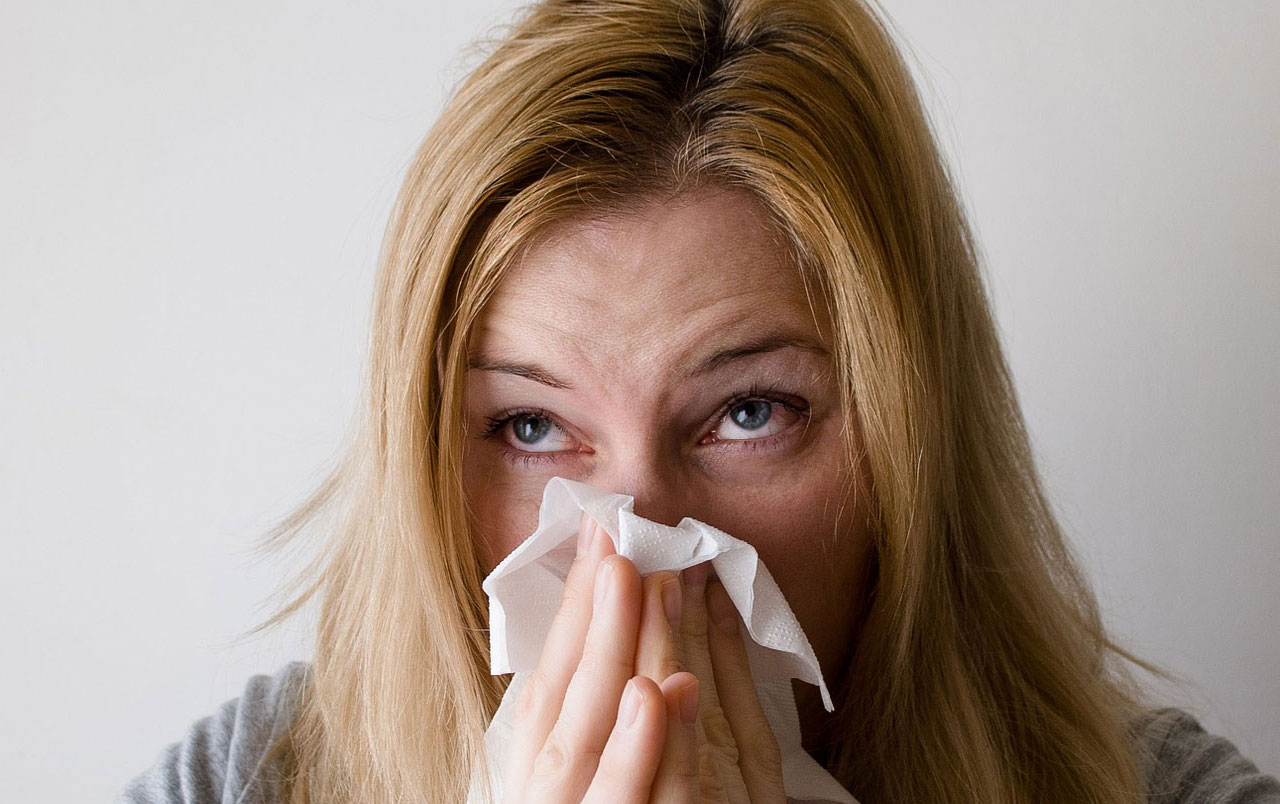
What is a viral fever?
Most people have a body temperature of about 98.6°F (37°C). Anything a degree above this is considered a fever. Fevers are often a sign that your body is fighting off some type of bacterial or viral infection. A viral fever is any fever that’s caused by an underlying viral illness.
A variety of viral infections can affect humans, from the common cold to the flu. A low-grade fever is a symptom of many viral infections. But some viral infections, such as dengue fever, can cause a higher fever.
What are the symptoms of a viral fever?
Viral fevers can range in temperature from 99°F to over 103°F (39°C), depending on the underlying virus.
If you have a viral fever, you might have some of these general symptoms:
- chills
- sweating
- dehydration
- headache
- muscle aches and pains
- a feeling of weakness
- loss of appetite
These symptoms usually only last for a few days at most.
What causes a viral fever?
A viral fever is caused by infection with a virus. Viruses are very small infectious agents. They infect and multiply within the cells of your body. A fever is your body’s way of fighting off a virus. Many viruses are sensitive to shifts in temperature, so a sudden increase in your body temperature makes you less hospitable to viruses.
There are many ways that you can become infected with a virus, including:
- Inhalation. If someone with a viral infection sneezes or coughs near you, you can breathe in droplets containing the virus. Examples of viral infections from inhalation include the flu or common cold.
- Ingestion. Food and drinks can be contaminated with viruses. If you eat them, you can develop an infection. Examples of viral infections from ingestion include norovirus and enteroviruses.
- Bites. Insects and other animals can carry viruses. If they bite you, you can develop an infection. Examples of viral infections that result from bites include dengue fever and rabies.
- Bodily fluids. Exchanging bodily fluids with someone who has a viral infection can transfer the illness. Examples of this type of viral infection include hepatitis B and HIV.
How are viral fevers treated?
In most cases, viral fevers don’t require any specific treatment. Unlike bacterial infections, they don’t respond to antibiotics.
Instead, treatment usually focuses on providing relief from your symptoms. Common treatment methods include:
- taking over-the-counter fever reducers, such as acetaminophen or ibuprofen, to reduce a fever and its symptoms
- resting as much as possible
- drinking plenty of fluids to stay hydrated and replenish fluids lost while sweating
- taking antiviral medications, such as oseltamivir phosphate (Tamiflu), when applicable
- sitting in a lukewarm bath to bring your body temperature down